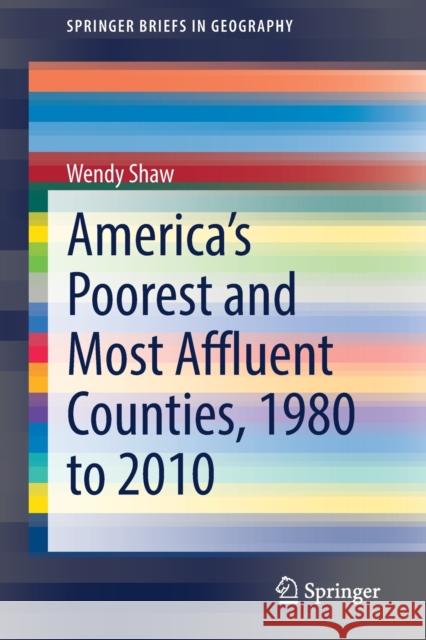America's Poorest and Most Affluent Counties, 1980 to 2010 » książka
topmenu
America's Poorest and Most Affluent Counties, 1980 to 2010
ISBN-13: 9783030753399 / Angielski / Miękka / 2021 / 67 str.
Kategorie BISAC:
Wydawca:
Springer
Seria wydawnicza:
Język:
Angielski
ISBN-13:
9783030753399
Rok wydania:
2021
Wydanie:
2021
Numer serii:
000465985
Ilość stron:
67
Waga:
0.12 kg
Wymiary:
23.39 x 15.6 x 0.41
Oprawa:
Miękka
Wolumenów:
01
Dodatkowe informacje:
Wydanie ilustrowane











